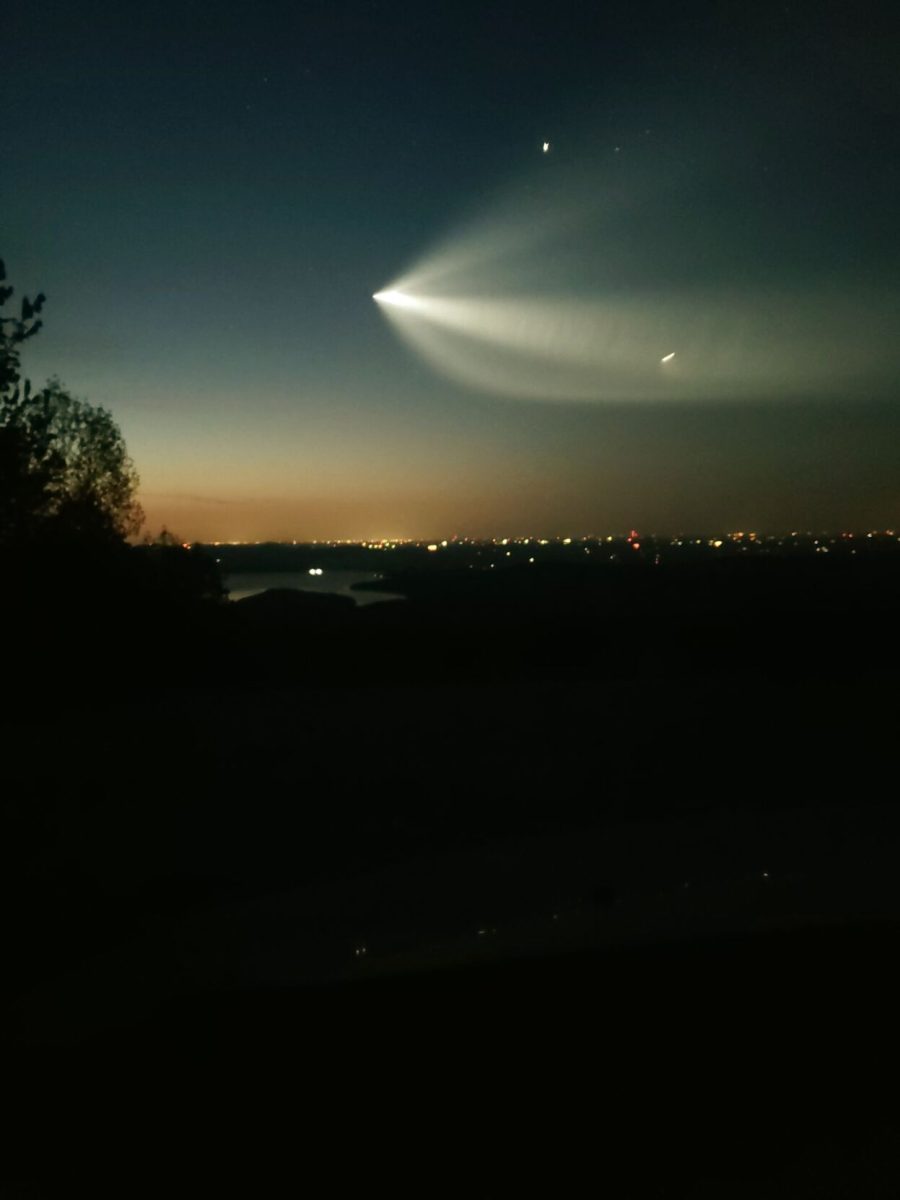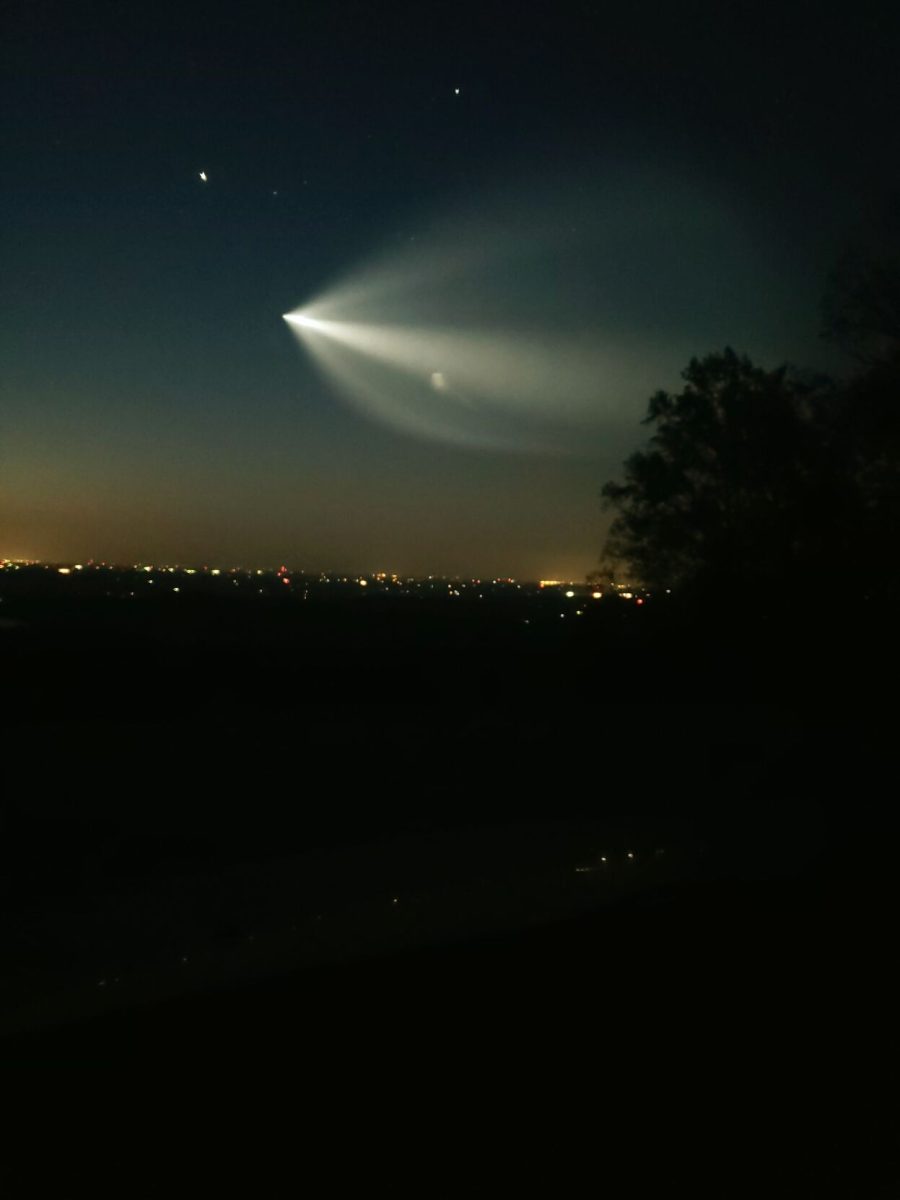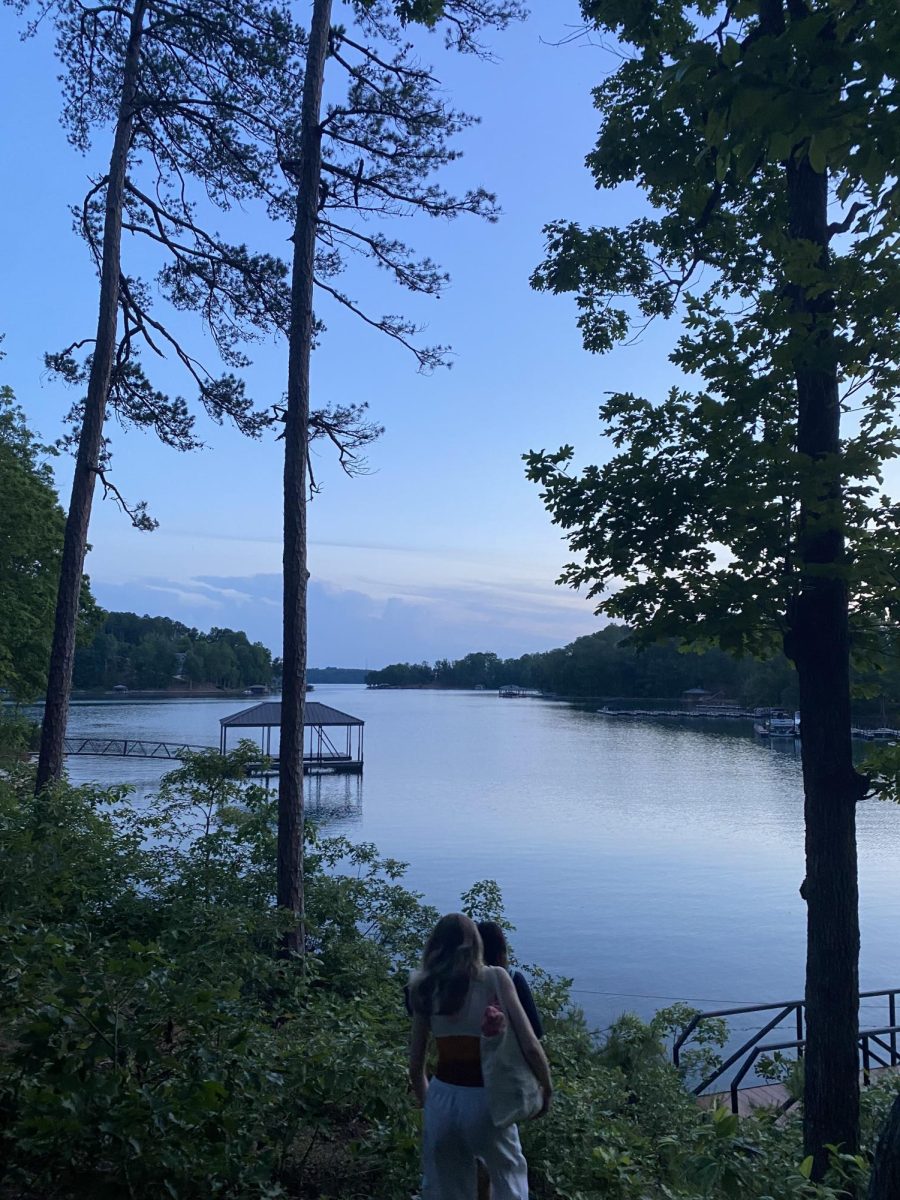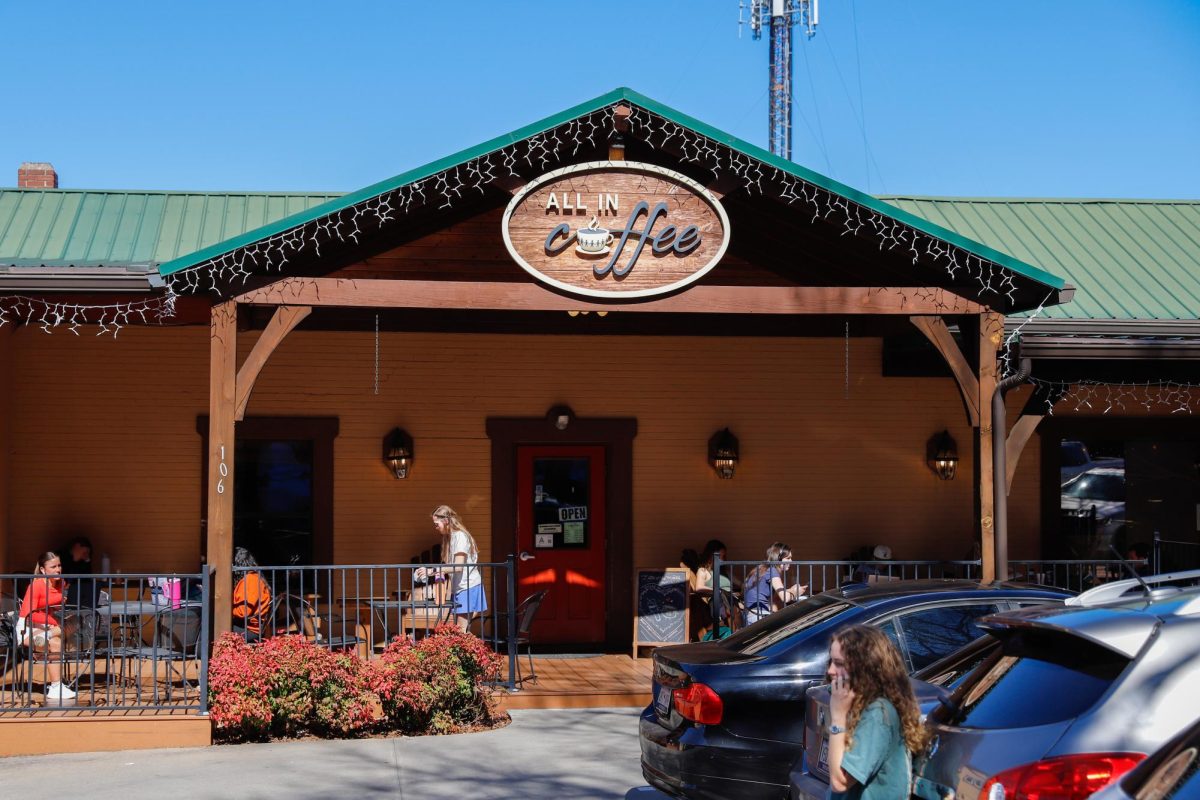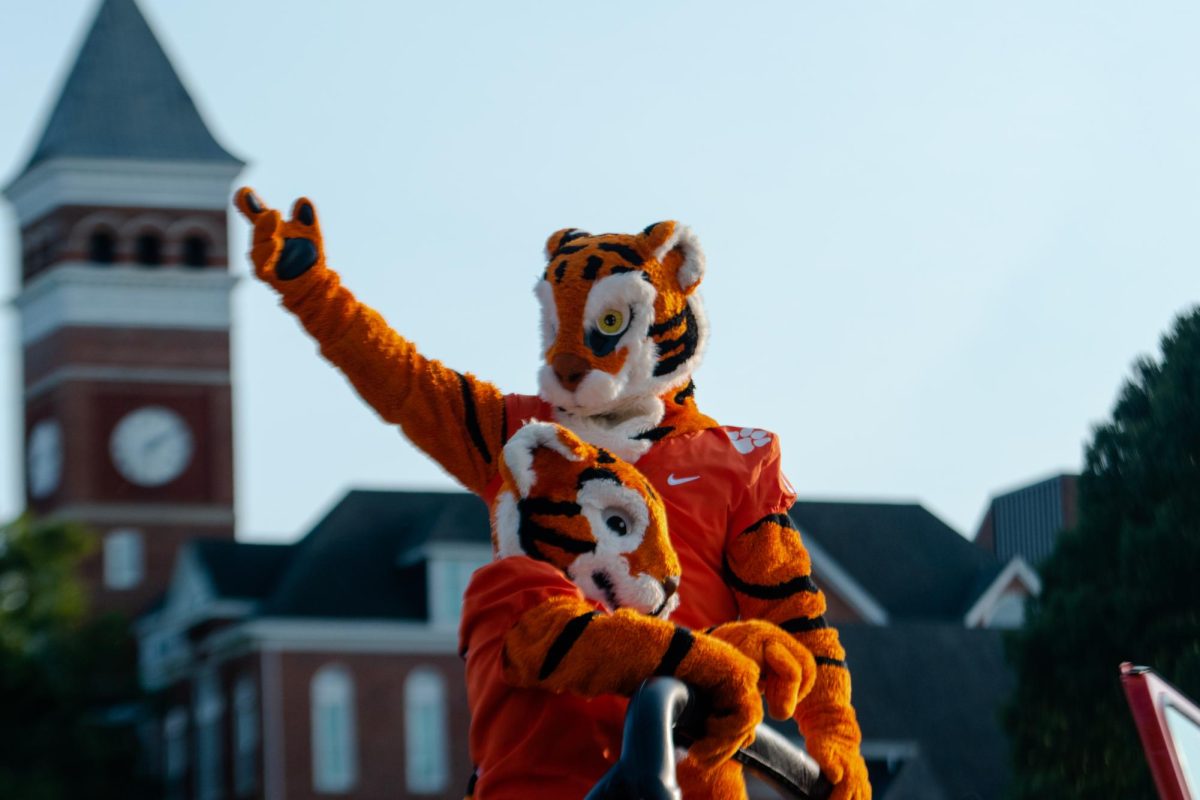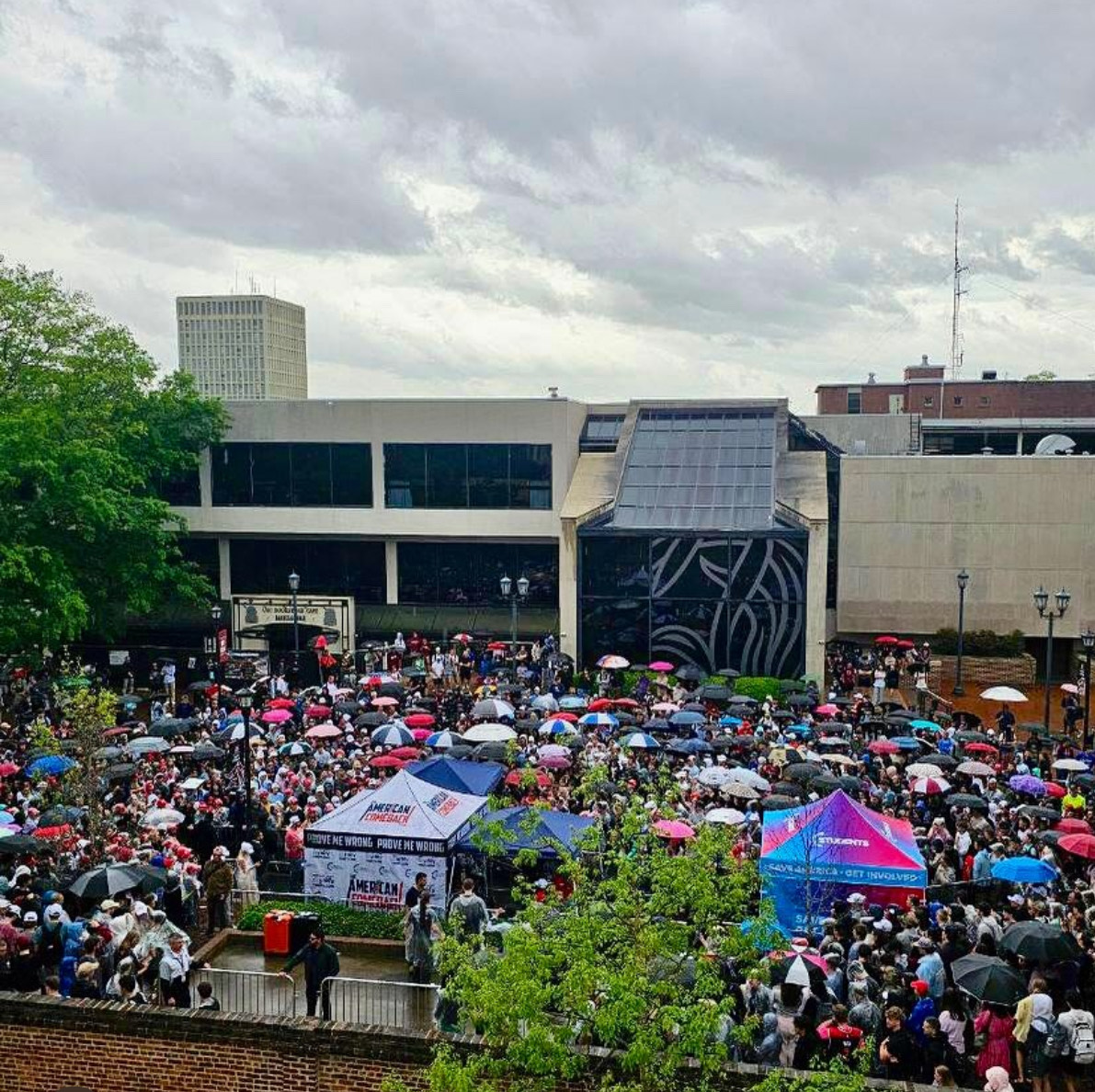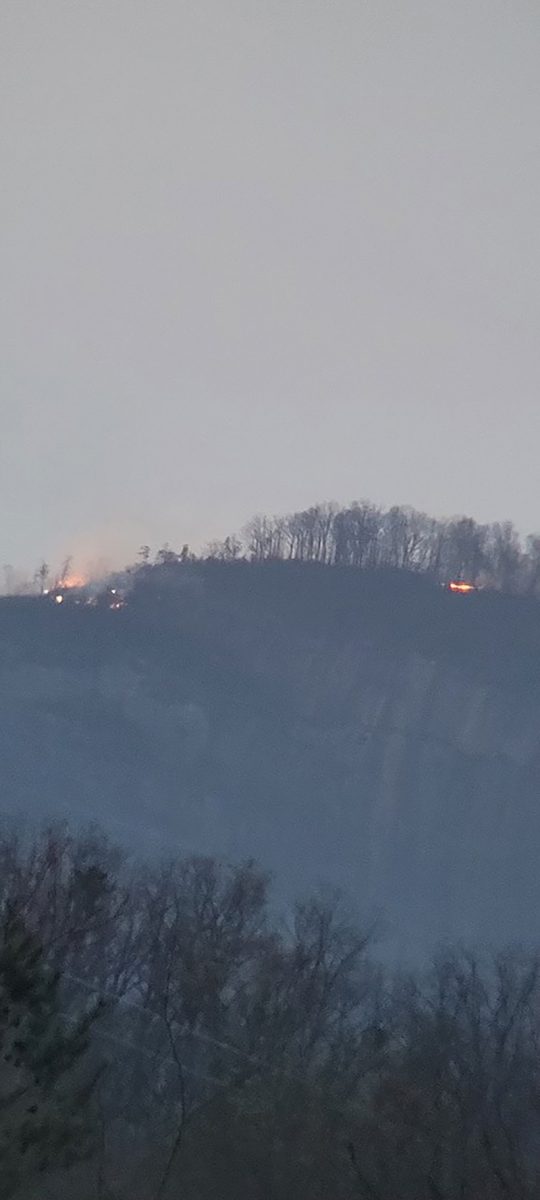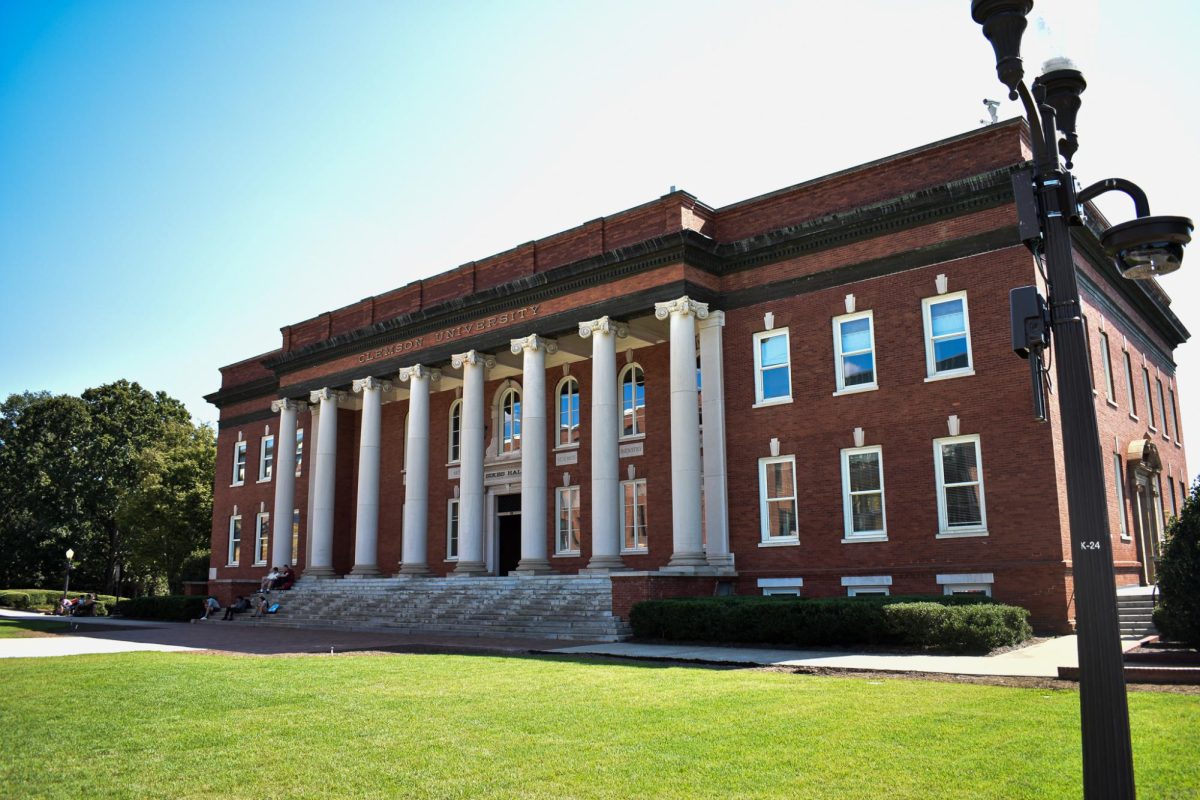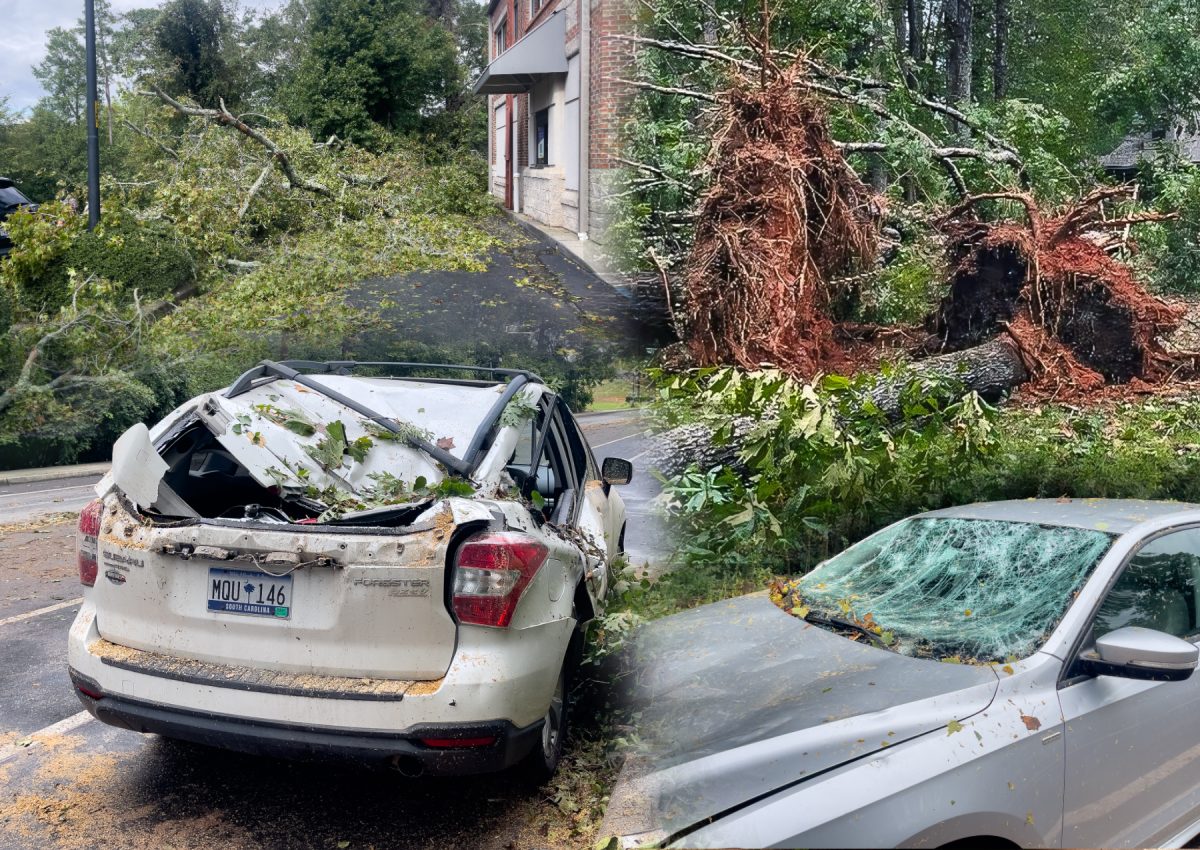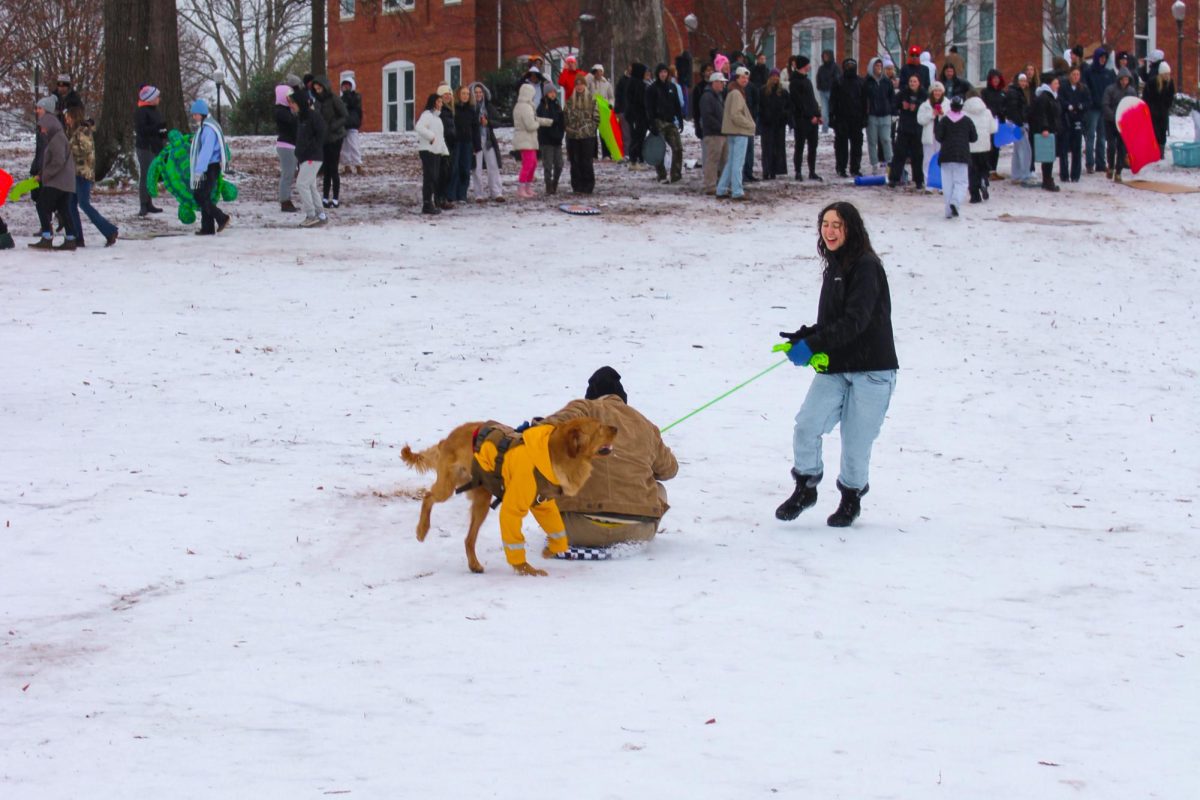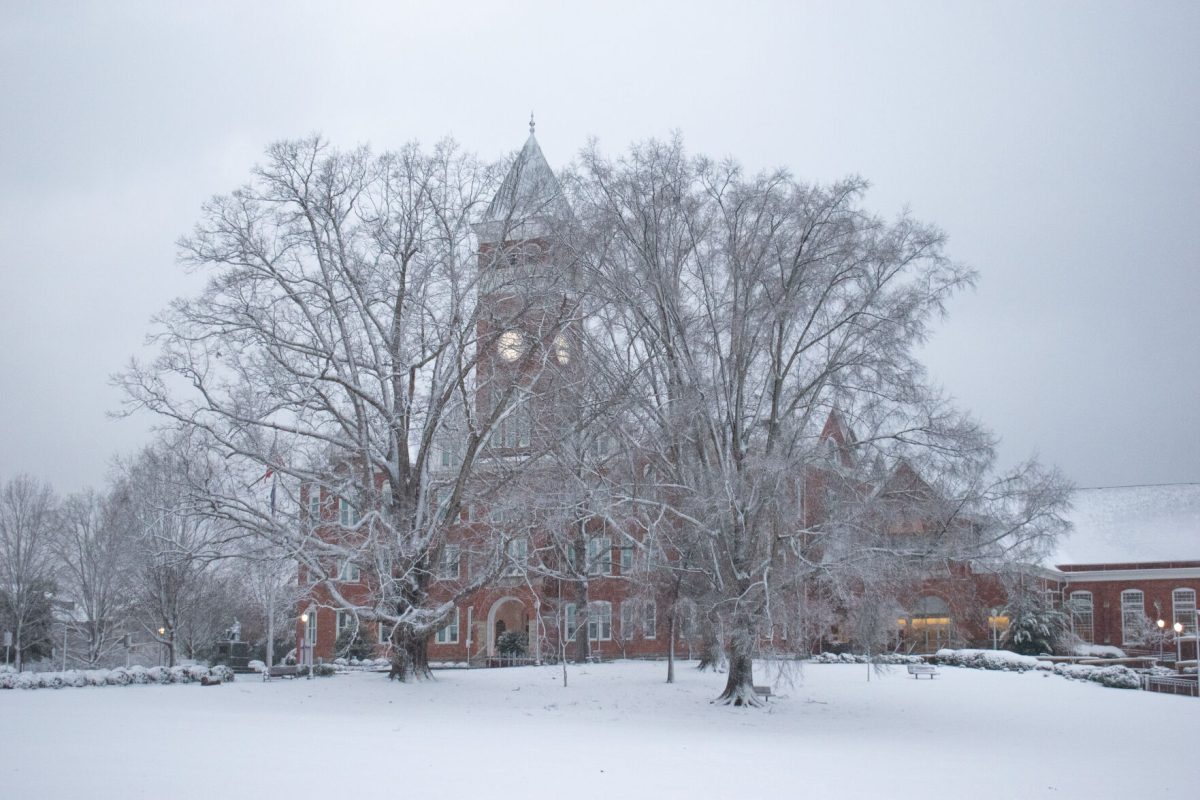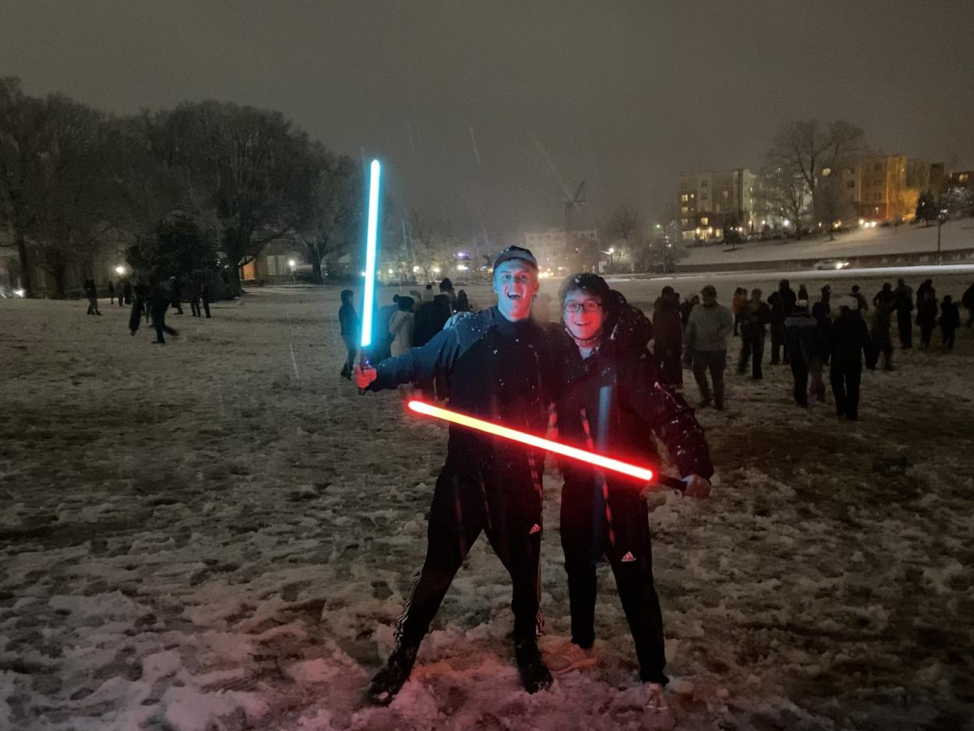Blast off! SpaceX, from Kennedy Space Center in Cape Canaveral, Fla. launched four NASA astronauts up to the International Space Station early Friday morning on a reused rocket.
Taking off at 5:39 A.M., the rocket was carrying four astronauts from three countries. NASA’s Shane Kimbrough and Megan McArthur represented the U.S. this morning, accompanied by France’s Thomas Pesquet from the European Space Agency and Japan’s Akihiko Hoshide. All four will be staying aboard the station for six months.
McArthur was the pilot of the mission and is a space shuttle veteran. She is married to Robert Behnken, who co-piloted the Crew Dragon’s first launch in May 2020 and remained on the ISS for four months.
Reusability has been a cornerstone of SpaceX’s research. The astronauts traveled in a Crew Dragon capsule named “Endeavor,” which was used in a previous flight in May 2020. The rocket itself, a Falcon 9, last flew in Nov. 2020.
The average rocket launch at Kennedy Space Center can be seen from over 700 km away, depending on weather and atmospheric conditions.
Such was the case for Hunter Stone, who headed up to an overlook west of Lake Jocassee, South Carolina, over 750km from the KSC. Stone, a sophomore computer science major, left Clemson around 3:30 A.M. with plans to capture the meteor shower expected that night.
This overlook was the ideal location due to lack of light pollution, which blocks out stars in populated areas. According to the Bortle Dark Sky Scale, which measures light pollution from levels one to ten, Clemson has class six light pollution, while Whitewater Falls is just a class three, meaning the Milky Way was in full view.
For comparison, New York City reaches as high as a level nine, and parts of the Western United States are a level one, with no light pollution at all.
After grabbing hundreds of long-exposure shots of the stars, a freezing Stone packed up his camera and got back in the car as the sun began to creep up around 6:00 A.M., in order to watch the sunrise over Lake Jocassee.
It was then, in the early twilight, that the Falcon 9 blazed across the sky over the East Coast, and perhaps some of the best views of the event were from upstate South Carolina.
“It was honestly one of the coolest things I have ever seen and probably will see for a long time,” said Stone.
NASA does not have any more launches planned from KSC until October 2021 at the earliest, but there really is something in these hills – prime conditions for looking at space.
The Falcon 9 rocket takes off in the distance, as seen from Lake Jocassee.


